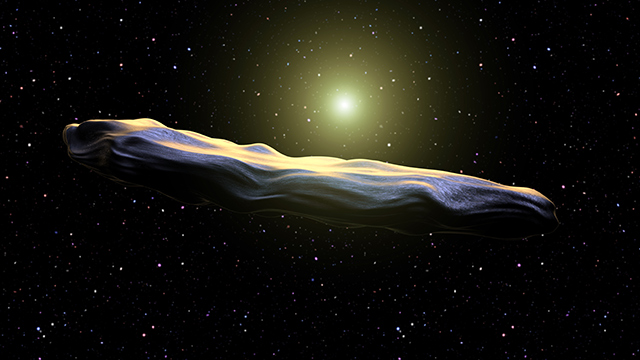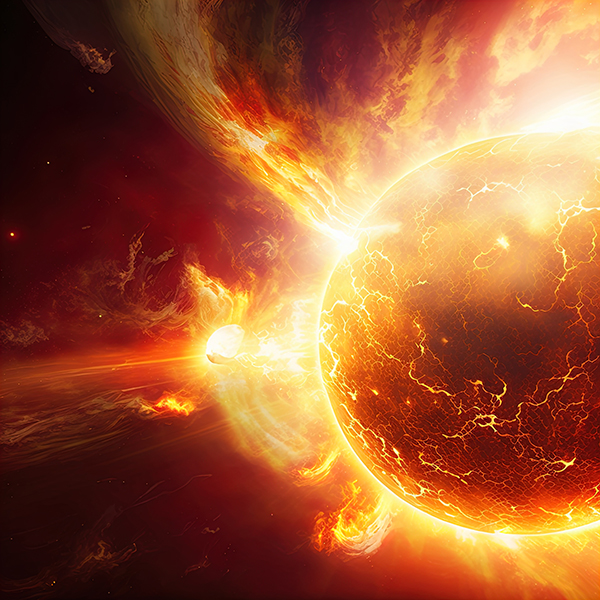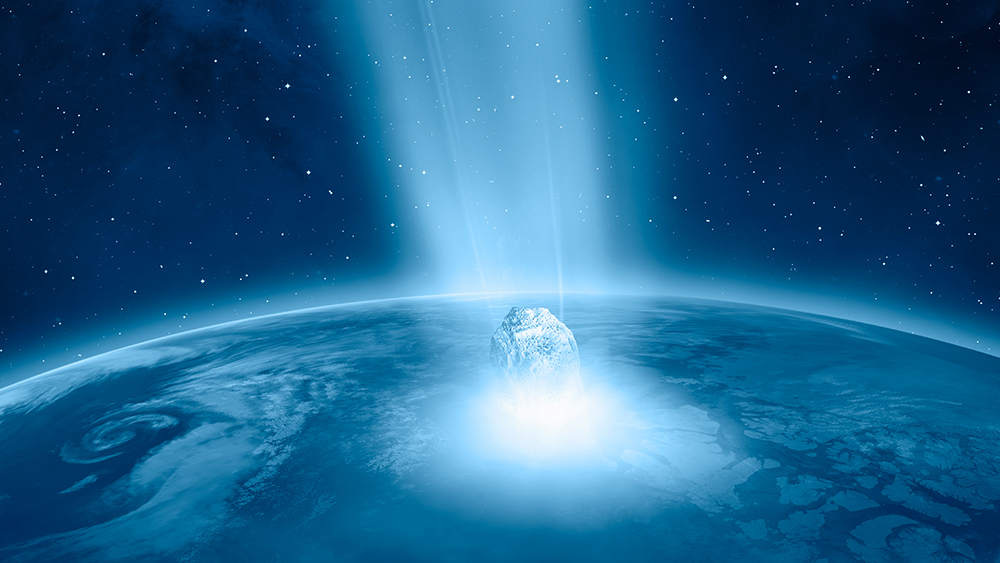NASA’s next lunar mission could discover existence of life on the moon
06/21/2023 / By Kevin Hughes

The next lunar mission of the National Aeronautics and Space Administration (NASA) in 2025 may end up discovering microbial life on the lunar surface.
NASA’s Artemis 3 mission will be the first human lunar landing since Apollo 17 in December 1972 – the final flight of the Apollo program. Apollo 17 astronauts Eugene Cernan and Harrison Schmitt were the last humans to walk on the moon.
The Artemis 3 mission is intended to be the first of a number of human missions to the Artemis Polar Exploration Zone, the region poleward of 84 degrees south latitude. So far, only one Artemis mission has been launched – Artemis 1, which went to the lunar orbit last year and then returned to Earth.
NASA researchers believe that the moon may be harboring some microbial life on lunar south pole’s shadowed craters.
“One of the most striking things our team has found is that, given recent research on the ranges in which certain microbial life can survive, there may be potentially habitable niches for such life in relatively protected areas on some airless bodies,” said Prabel Saxena, a planetary researcher at NASA’s Goddard Space Flight Center in Maryland.
Saxena added the lunar south pole may really have the properties that can allow survival and possibly even intermittent development of specific microbial life.
“We’re currently working on understanding which specific organisms may be most suited for surviving in such regions and what areas of the lunar polar regions, including places of interest relevant to exploration, maybe most amenable to supporting life,” Saxena said.
NASA has picked 13 locations around the lunar south pole where Artemis 3 may land and is working to finalize its decision. Saxena and other researchers at NASA are working hard to finalize which sites to use for the landing, taking into consideration which sites could possibly be habitable for lunar microorganisms.
Lunar microbes likely from Earth – if they actually exist
According to Saxena, any microbial life forms on the lunar surface may have originated from Earth and survived their journey to the freezing lunar south. (Related: Life on the ice: Extraterrestrial life on ice worlds could look like Hawaiian underwater creatures.)
Saxena noted that these microorganisms may have been bits of the planet thrown to the moon as “Earth meteorites.”
According to Heather Graham, a NASA Goddard organic geochemist and a member of the study team, that is indeed a possibility. However, that doesn’t mean that Earth microbes can also survive deep-space journeys.
“While extraterrestrial transfer of organic molecules from meteoritic sources is very likely, and indeed observed in our own terrestrial meteorite analysis, the transfer of microbes from similar sources does not have the same weight of evidence. It may be an interesting idea, but without viable data, this route cannot be included in this study,” Graham said.
Graham added that the study team is very conscious of the several ways that humans are the largest vector of microbes on the moon.
“We will soon have 50 years of history of humans and their objects on the surface with no stringent requirements regarding forward contamination. We view humans as the most likely vector given the extensive data that we have about our history of exploration and the impact record as a second, albeit less influential, early terrestrial source,” Graham stated.
Graham mentioned that the way the study team is tackling the problem isn’t necessarily because they believe the Artemis missions will create a deluge of microbes to blossom instantly close to the lunar south pole in a “dorm room fridge” scheme.
Follow Space.news for more news about lunar missions to the moon.
Watch this clip from Fox News as NASA veteran Nicole Stott discusses how the United States can do more to expand its space industry.
This video is from the News Clips channel on Brighteon.com.
More related stories:
China to begin construction of LUNAR BASE using moon soil.
The Moon has plenty of water – frozen below the surface.
Scientists find surface-exposed water ice on the moon.
Lunar meteorite hints at the moon having water, once upon a time.
Interior of the moon likely contains billions of gallons of water.
Sources include:
Submit a correction >>
Tagged Under:
alien life, alien microbes, aliens, Artemis 3 mission, cosmic, extraterrestrial life, future science, future tech, lunar microbes, lunar pole, moon, moon mission, NASA, research, space, space tourism
This article may contain statements that reflect the opinion of the author
RECENT NEWS & ARTICLES
COPYRIGHT © 2023 CosmicImpacts.com
All content posted on this site is protected under Free Speech. CosmicImpacts.com is not responsible for content written by contributing authors. The information on this site is provided for educational and entertainment purposes only. It is not intended as a substitute for professional advice of any kind. CosmicImpacts.com assumes no responsibility for the use or misuse of this material. All trademarks, registered trademarks and service marks mentioned on this site are the property of their respective owners.



















